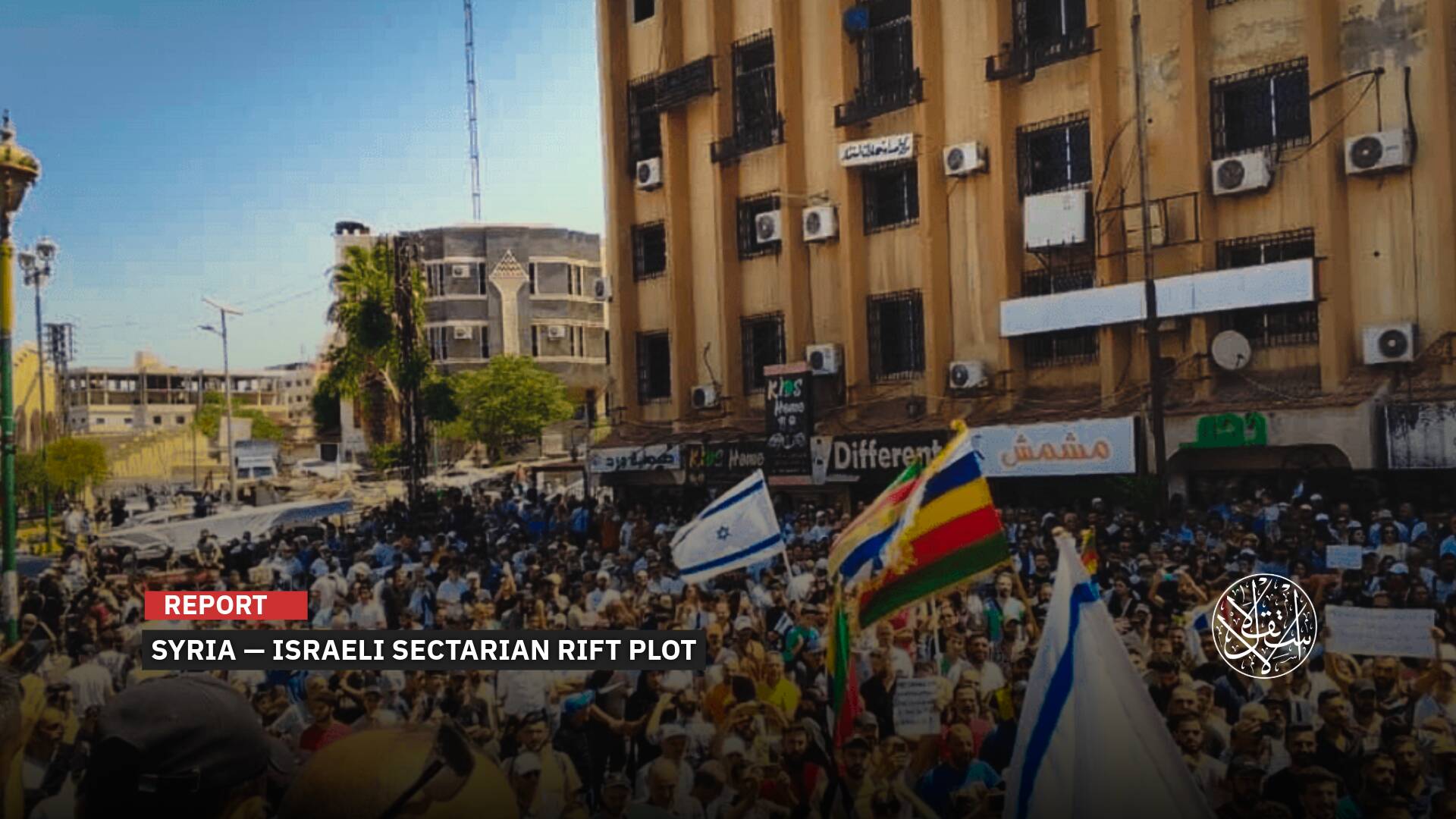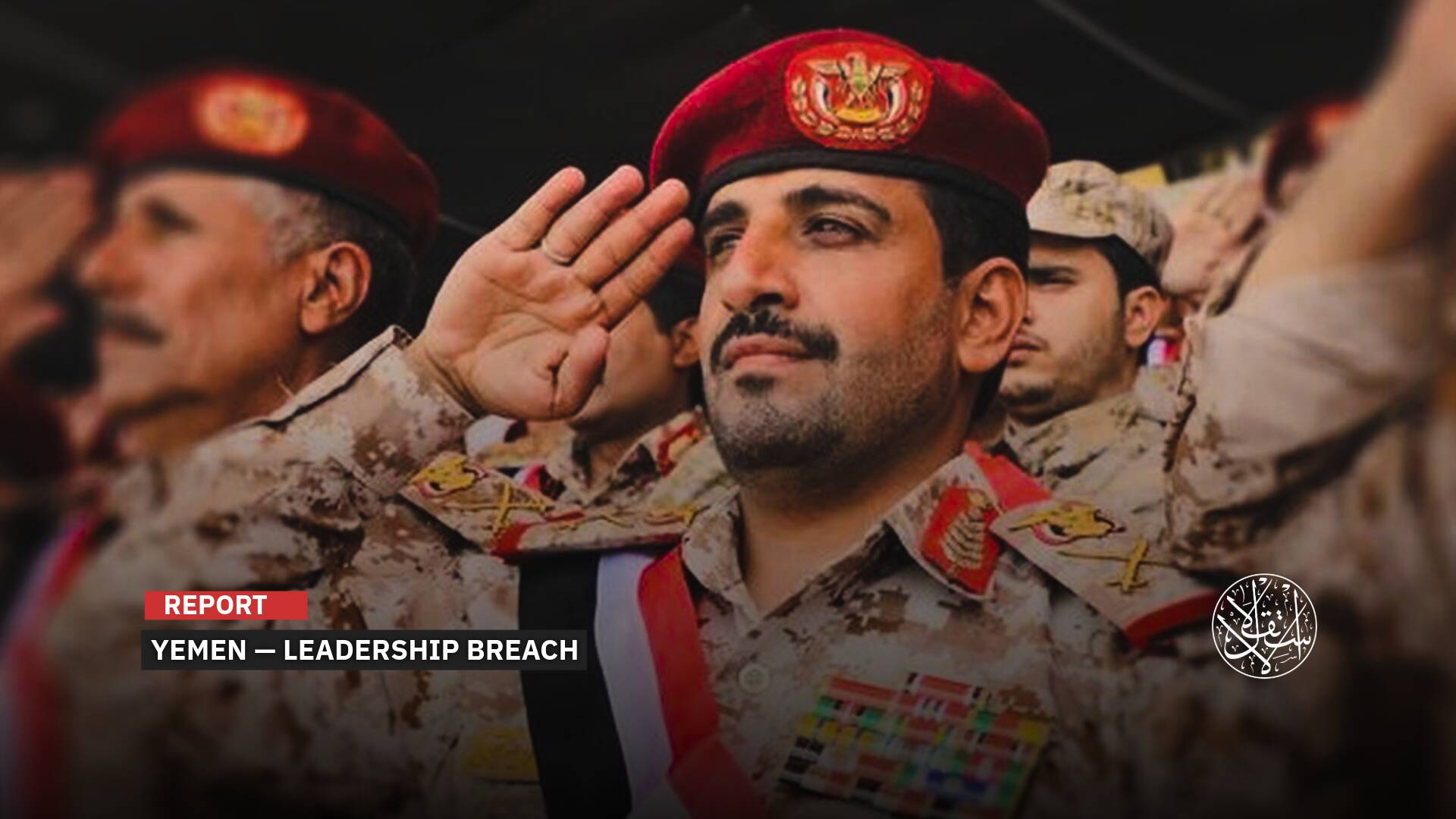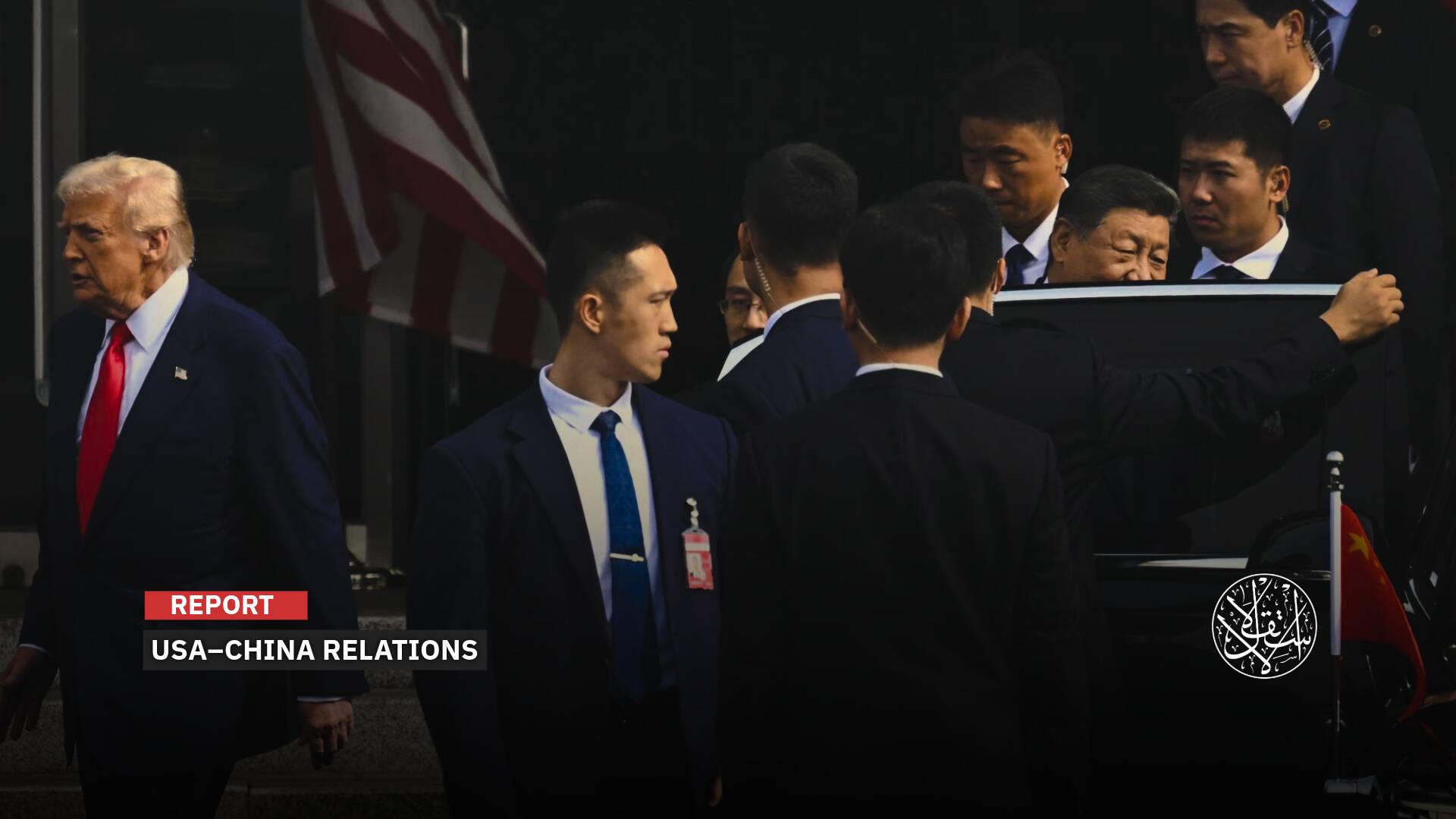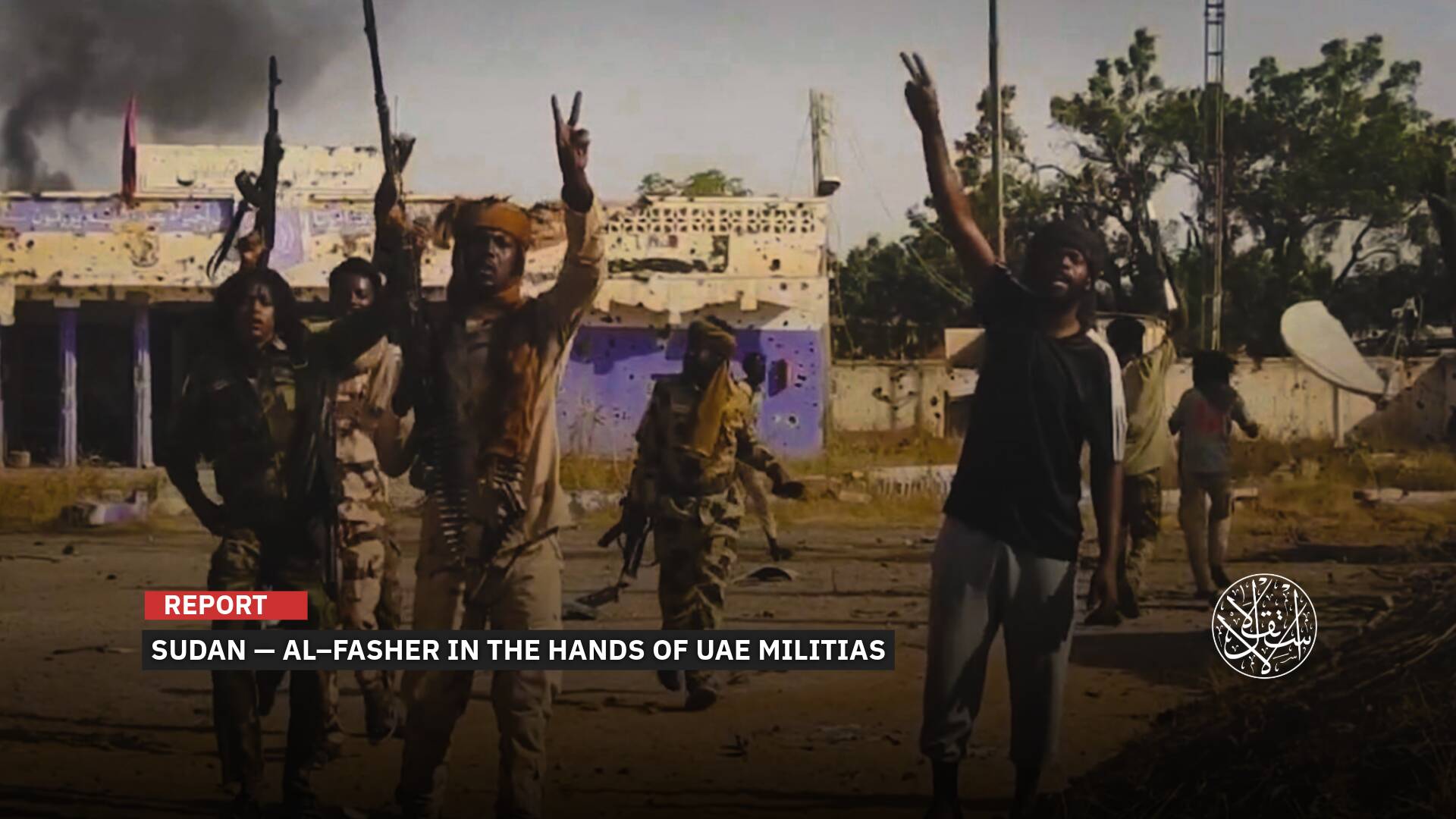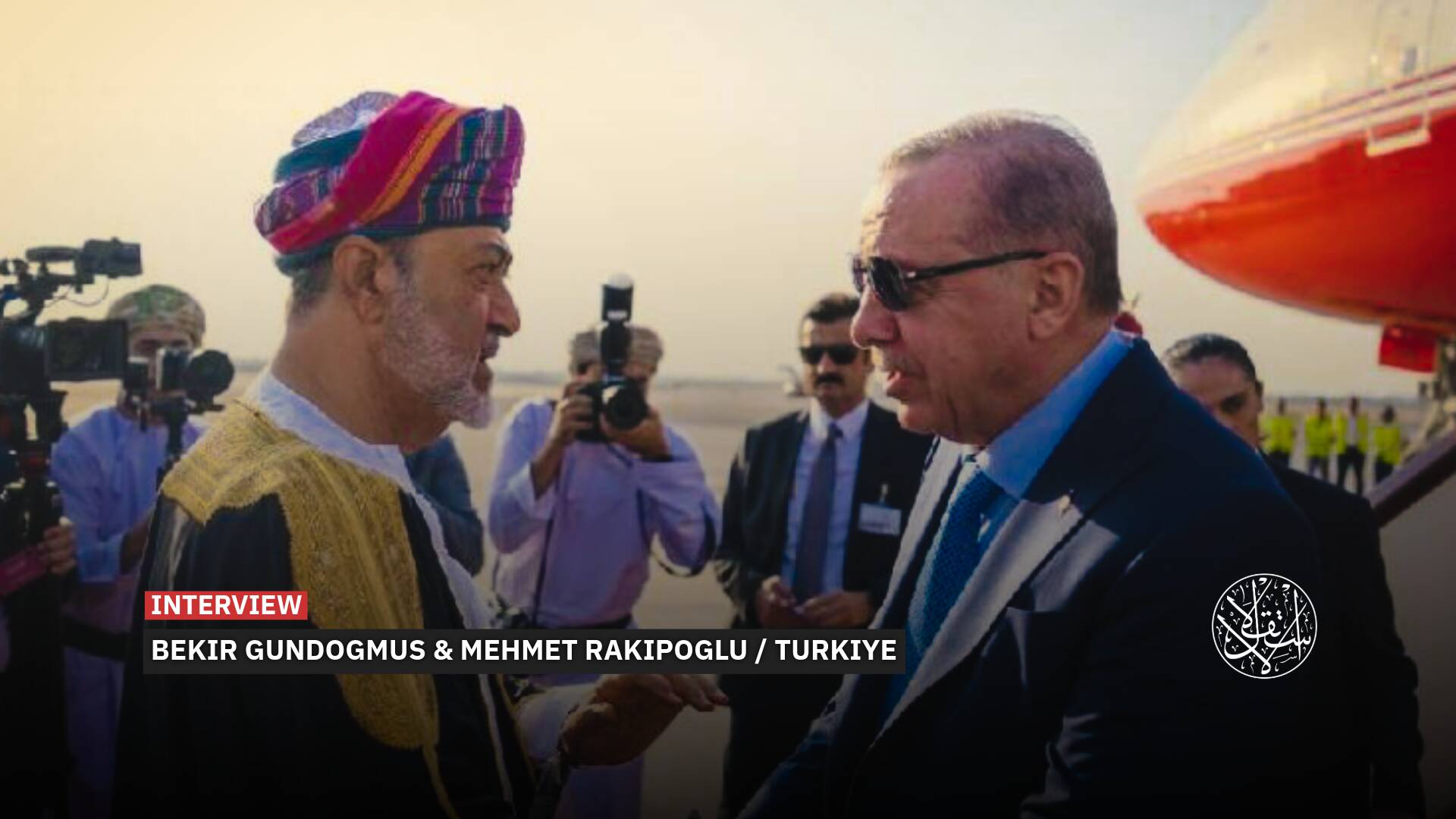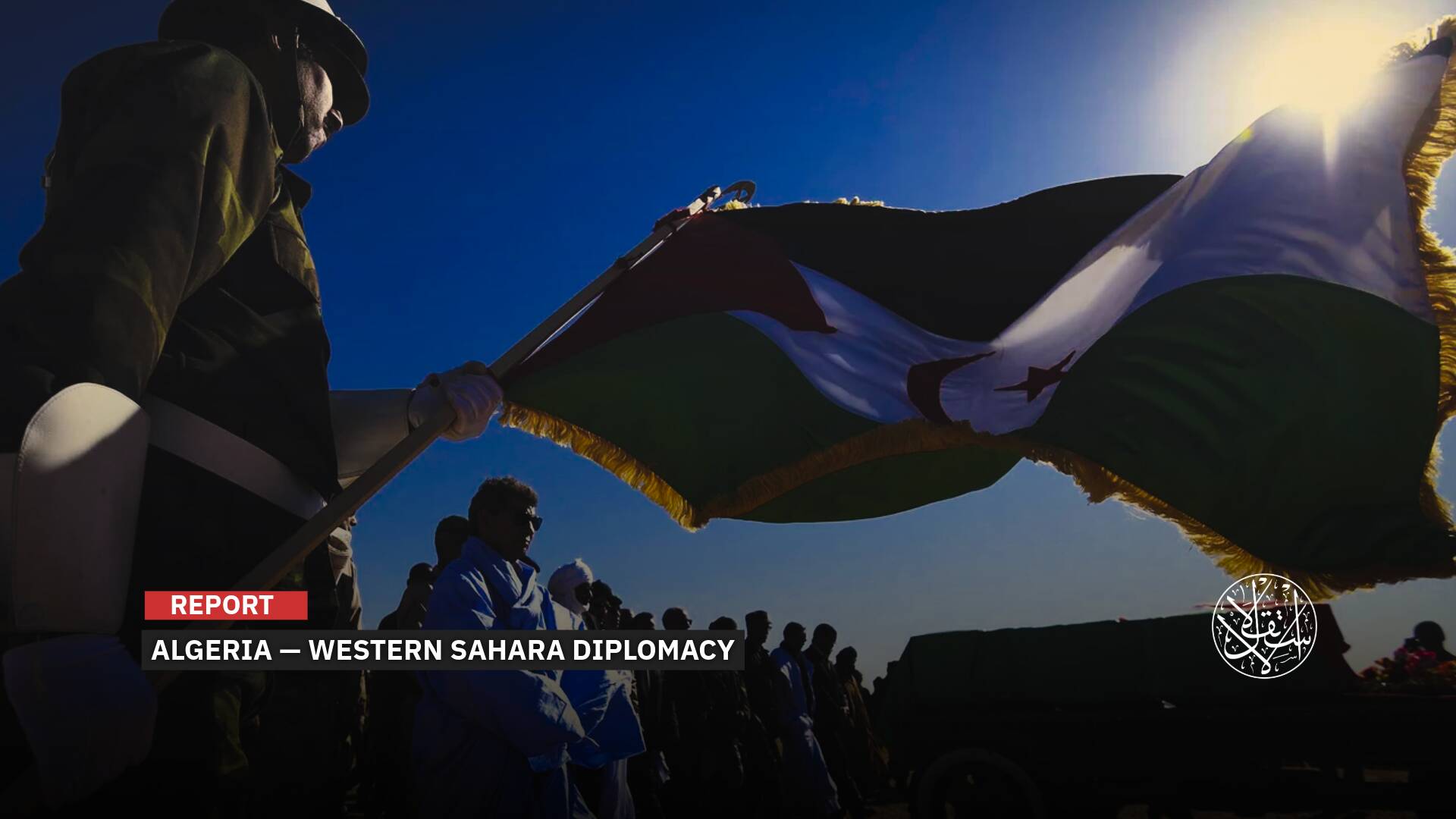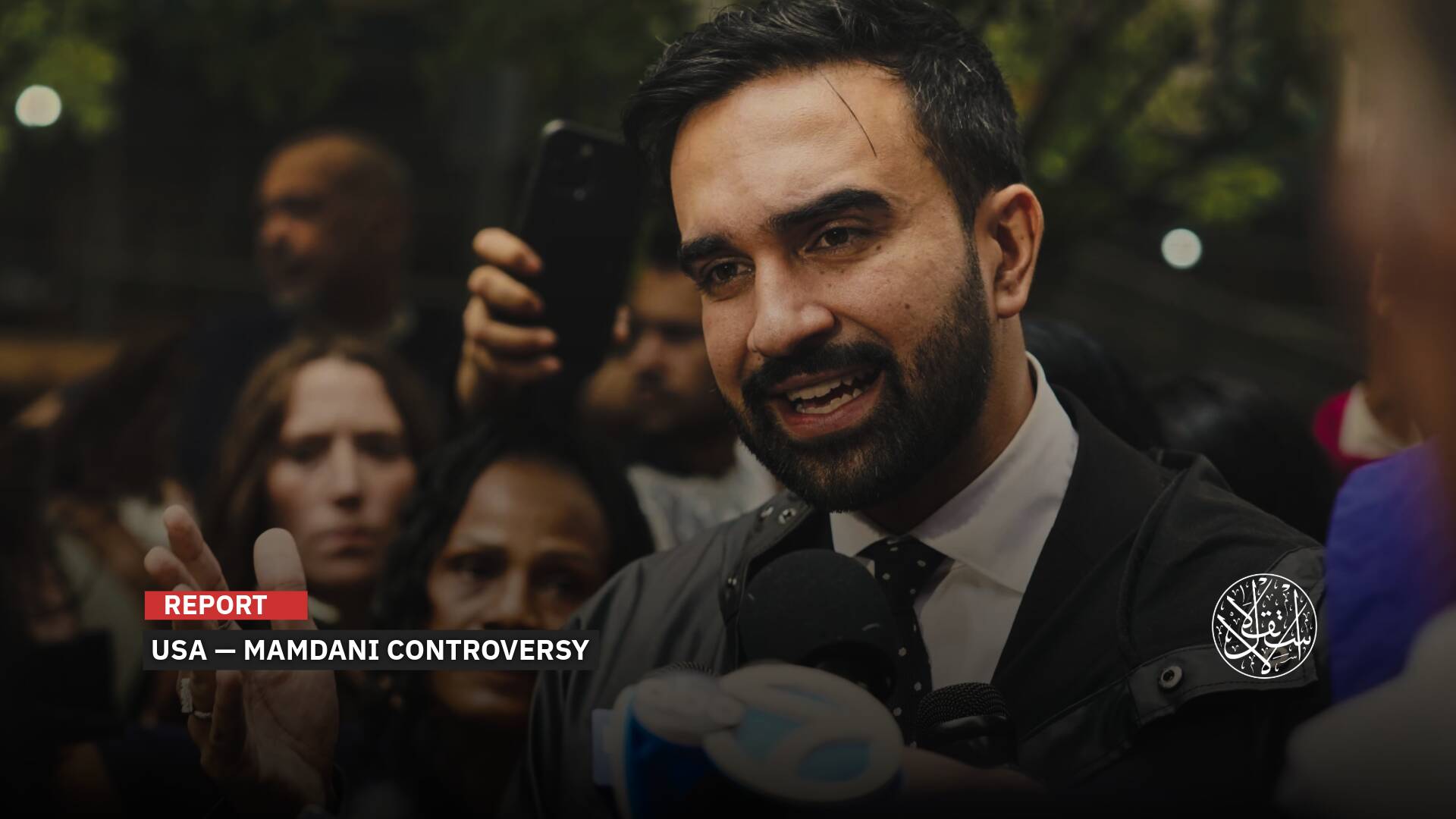How Northern Syria Took in Those Escaping the Israeli War on Lebanon

Relief organizations deployed their teams to provide aid to newcomers in the liberated areas.
Syrian humanitarian organizations, born out of the 2011 revolution, have developed extensive expertise in managing crises, responding to natural disasters, and helping displaced people rebuild their lives after escaping danger.
In their latest test following the devastating earthquake of 2023, relief organizations operating in northwestern Syria, outside the control of Bashar al-Assad’s regime, responded to calls from Syrian refugees fleeing Israeli bombings in Lebanon.
This response included securing shelters and providing necessary supplies, as “Israel” continued its aggression against Lebanon due to Hezbollah's support for Gaza.

Arduous Journey
Large groups of Syrian refugees in Lebanon undertook a dangerous and exhausting journey before reaching opposition-held areas to start new lives.
As soon as refugees began crossing from the Lebanese border into Syrian territory, relief organizations activated rapid response plans to provide shelter and humanitarian support.
Syrian refugees, along with tens of thousands of Lebanese, fled their homes in Lebanese villages on September 23, 2024, after Israeli airstrikes killed 558 people in Lebanon in a single day.
The number of those fleeing increased daily as Israeli aggression on Lebanon escalated, with the Israeli army issuing full evacuation warnings for villages and towns, especially in southern Lebanon.
According to estimates by the Interior Minister of Lebanon Bassam Mawlawi, more than 311,000 Syrians left Lebanon for Syria between September 23 and October 10, 2024.
Official data shows that around 2 million Syrian refugees are in Lebanon, approximately 830,000 of whom are registered with the United Nations. Lebanon officially stopped accepting new refugees in 2015, as Syrians began fleeing the brutal crackdown by Bashar al-Assad's regime following the 2011 revolution.
These refugees entered legally through border crossings between the two countries, with most heading to opposition-held areas, while some went to Assad-controlled regions and a smaller number to areas under the control of the Syrian Democratic Forces (SDF).
Approximately 2,220 families, totaling around 10,650 individuals, have moved to Daraa Governorate in southern Syria. They are spread across 64 areas, villages, and towns, with the majority being locals from the province.
It took around three days for refugees to travel from Lebanon to northern Syria, due to internal borders and divisions of power in the country, limited transportation, and security procedures before reaching liberated areas.
Those seeking to enter opposition-held areas arrived at the Aoun al-Dadat crossing, separating areas controlled by the Syrian National Army and the SDF in rural Jarabulus, eastern Aleppo.
At the Aoun al-Dadat crossing, Syria Civil Defense teams (White Helmets) and several relief organizations and volunteer teams were waiting to assist the refugees.
Emergency aid and healthcare were provided, and some were transferred to shelters.
Northwestern Syria (northern Syria) is home to 5 million displaced people, who rely on international humanitarian aid delivered through the Bab al-Hawa border crossing with Turkiye, located north of Idlib. This crossing is the only lifeline for aid under a United Nations Security Council resolution.
Most of these displaced people live in camps scattered across rural Idlib and Aleppo, consisting of fabric tents or makeshift homes built from wooden panels or caravans (temporary shelters).
The negative effects on camp residents are clear, especially regarding food shortages and a noticeable decline in services. Since January 2024, international support for organizations operating in northwestern Syria has dropped by over 90%.
Raed al-Saleh, head of Syria Civil Defense (White Helmets), confirmed that their teams received around 1,700 civilians from Syrian families arriving from Lebanon on October 3, 2024, through the Aoun al-Dadat crossing.
These refugees escaped the horrors of war in search of safety in northwestern Syria, a region still burdened by relentless attacks from the regime, Russia, and various militias targeting civilians.
Al-Saleh emphasized in a post on X that ambulance and emergency teams were fully prepared, providing assistance to families, first aid to those suffering from exhaustion or urgent health conditions, and transferring some to hospitals for further treatment.
Al-Saleh also pointed out that the Syrian tragedy of oppression, killing, displacement, and detention is caused by the regime, Russia, and their supporting militias. There is no solution to this tragedy except through justice, accountability for criminals, and stopping their criminal attacks on the innocent.
Meanwhile, the Syria Response Coordination team operating in northern Syria called on humanitarian organizations in the region to immediately respond to the needs of those arriving and prepare for a possible increase in the number of refugees or displaced people.
On October 8, 2024, the Response Coordination urged international humanitarian organizations “to increase support in the region, especially given the significant decline in humanitarian projects due to reduced international funding,” noting the region is heading into winter, which will sharply increase humanitarian needs.

‘Organizational Capabilities’
In response, Hadi al-Bahra, the head of the opposition National Coalition of Syrian Revolutionary and Opposition Forces, welcomed the Syrian families arriving in liberated areas from Lebanon, urging civil society organizations to channel available humanitarian aid to alleviate their suffering.
On October 4, 2024, al-Bahra called on donor countries to provide urgent humanitarian and relief aid to liberated areas, in light of the influx of thousands of Syrian families fleeing Lebanon to northern Syria.
In his statements, he noted that the liberated areas have welcomed thousands of families returning from Lebanon, amid the escalation of hostile military attacks on civilians, as well as discriminatory policies enforced by the Lebanese government.
Al-Bahra also pointed out that municipalities in Lebanon had prevented providing shelter and humanitarian aid to Syrian refugees, leading many families to leave several Lebanese areas.
Organizations operating in northwestern Syria have demonstrated “high organizational capabilities” in managing the affairs of returning refugees from Lebanon,” said Syrian activist Ahmed Haroun during an interview with Al-Estiklal.
“Organizational procedures were in place, including granting returning refugees civil registration to coordinate the numbers of arrivals, allowing smoother distribution of aid.”
He attributed this efficiency to the extensive experience that local administrations in northern Syria have developed over the past decade.
“It was notable how relief organizations deployed their teams to provide assistance to those arriving in the liberated areas, highlighting their rapid response mechanisms,” added Haroun.
The activist mentioned that workers in these organizations regularly undergo training in social and psychological support and crisis management.
“The first step involved welcoming the newcomers, and then international organizations will be encouraged to boost support for northern Syria,” Haroun emphasized.
This is especially critical, as “there are about two million internally displaced people living in tents who constantly rely on international aid, and the arrival of more refugees will intensify living pressures amid weak service capacities, increasing the burden in light of the recent decline in international support.”
Haroun also noted that “some returnees headed to relatives, while others were placed in temporary shelters under the supervision of local relief organizations.”
“One example of the rapid response is the immediate setup of a shelter center by an organization operating in eastern Aleppo to accommodate these Syrians,” the Syrian activist concluded.

The Second Displacement
As part of efforts by organizations operating in northern Syria to support returnees from Lebanon, Sariya Bitar from Hathi Hayati Volunteering Group (This Is My Life Volunteer Group) noted that the humanitarian situation there is just slightly above catastrophic.
This is especially true given the lack of international support over the past year and the reduction in funding due to the expansion of conflicts in the region.
In a televised statement on October 10, 2024, Bitar added that “there is reliance on humanitarian funding platforms managed by individual institutions, which launch appeals and work to collect aid for the displaced Syrians from Lebanon.”
“There is a move to organize the affairs of these returnees from Lebanon, who are facing their second displacement, by providing them with dignified housing, not just temporary tents.”
This is particularly crucial since some of the areas where these individuals have settled lack basic services like toilets, and there is no constant access to drinking water, according to him.
Despite these efforts, many young Syrians are hesitant to return to the country because all border crossings with Lebanon are monitored by Syrian intelligence.
Elderly people, however, prefer to bring their families, including women and children, back to Syria without the young men, fearing they might face security harassment, arrest, or forced conscription into mandatory military service.
Nevertheless, local and community sources have confirmed that Syrian security forces have arrested Syrian refugees who recently returned from Lebanon, as part of the current wave of displacement into Syria.

Arrests and Border Tensions
The local Suwayda 24 network reported on October 10, 2024, citing sources, that security forces had arrested four individuals from Suwayda, a province in southern Syria, shortly after their return from Lebanon in two separate incidents earlier that month.
Three of the detainees were wanted for evading military service and were stopped by a military intelligence checkpoint in the Jdeideh area of rural Damascus. The fourth person was likely arrested due to his previous involvement in anti-government protests in Suwayda.
In a related development, a relative of a young man from Daraa, who had recently returned to Syria from Lebanon, confirmed his arrest by government forces at the Jdeidet Yabous border crossing. The man had turned himself in, believing he was covered by the recent amnesty for defectors.
On October 4, 2024, opposition leader Hadi al-Bahra, head of the opposition National Coalition of Syrian Revolutionary and Opposition Force, called on the UNHCR to urgently provide international protection for Syrian refugees fleeing from Lebanon to regime-controlled areas.
In a press statement, al-Bahra emphasized that the recent arrests of forced returnees in September 2024 proves that Syria remains “unsafe” and urged the international community not to leave Syrians facing two life-threatening choices.
Meanwhile, Lebanon’s caretaker Minister of Social Affairs, Hector Hajjar, stated on October 10, 2024, that the ongoing war in Beirut might present an “opportunity” to change the approach to returning Syrian refugees to their homeland, as well as the international initiatives aimed at resolving Lebanon's refugee crisis.
Hajjar also revealed that he had proposed building a large camp along the Syrian-Lebanese border to accommodate the estimated 200,000 displaced Syrians from southern Lebanon. However, the response indicated that constructing the camp would take about three months.
Sources
- Lebanese Interior Ministry: 311,000 Syrians left Lebanon, shelters for Lebanese only [Arabic]
- Coalition calls on UN to provide urgent aid to displaced people from Lebanon to northern Syria [Arabic]
- Most of them are from the governorate: 2220 families from Lebanon arrive in Daraa [Arabic]
- 2,700 displaced people from Lebanon arrive in northern Syria [Arabic]



